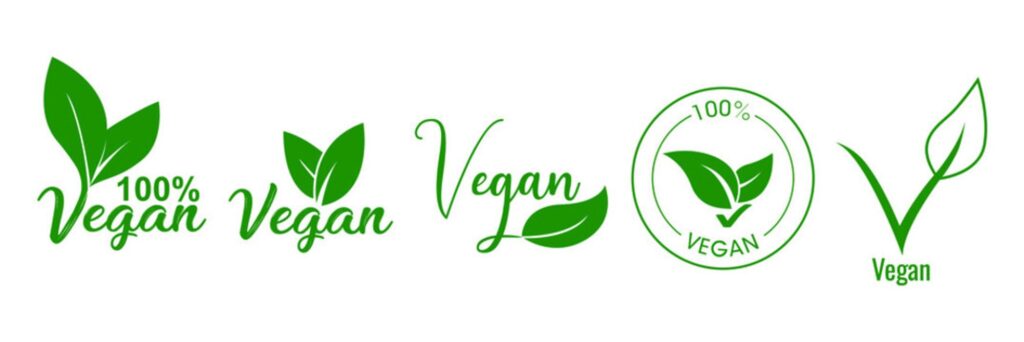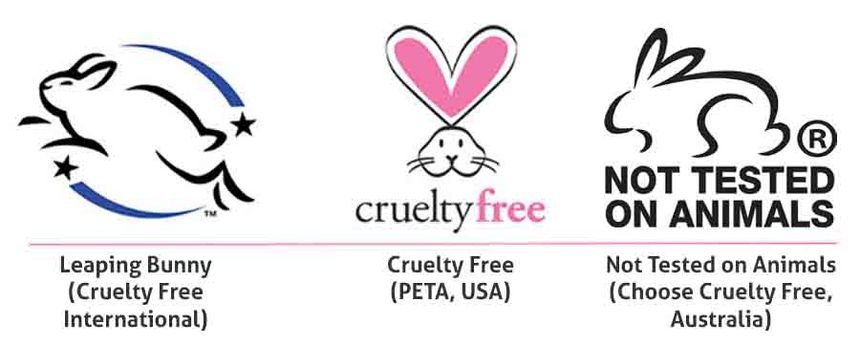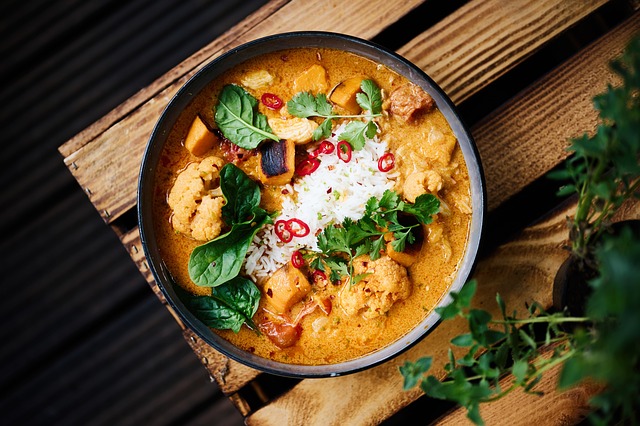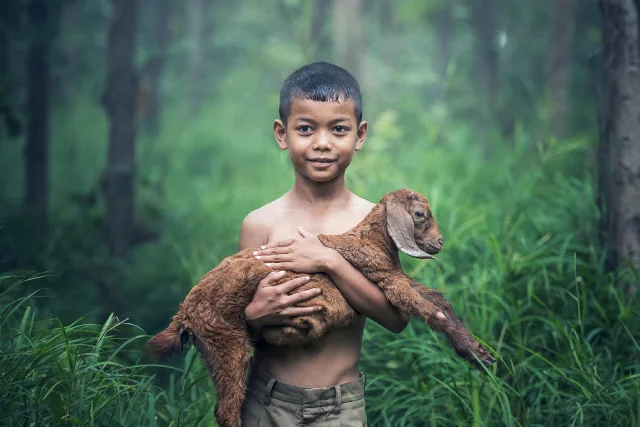Veganism is not just a diet, it is a philosophy to not participate in any form of animal cruelty.
Vegan Food in India
All food that does not contain animal products is vegan. That means no meat, fish, eggs, dairy, honey, etc. You might think that it leaves you with less options, but we are here to tell you that it’s not true. Most Indian dishes are traditionally vegan. Moreover, recipes for making food using vegan alternatives are widespread on youtube and Instagram.
So, what does vegan food in India look like? In very simple words it’s nothing but eating our regular food: roti-sabji, daal-chawal, achar, kachumber, papad and chutney without any yogurt (dahi), cream, cheese, ghee, khoya, paneer or honey. I’m sure you’ve now realised that each and every family in India eats vegan food quite often. Most of our traditional food is actually ahimsak, or devoid of violence, and it’s really not difficult to go back to our roots. Even our snacks like poha, upma, idli, dosa, medu wada with sambar and chutney have traditionally been free of animal products.
Some more popular traditional vegan dishes are bhelpuri, pani puri, kachori, samosa, batata vada, sabudana khichdi, dhokla, kothimbir wadi, bhakarwadi, chivda and peanut-jaggery laddoos. Put your mind to it and you’ll come up with many many more like rajma-chawal, aloo sabji-poori, chhole puri, etc. Traditional sweet dishes like payasam, ragi pudding, modak, karanji, puranpoli, and many South Indian sweets don’t contain dairy products either and use coconut milk instead. So, it’s really easy to be vegan at home.
However, it can be challenging to eat vegan food when we’re out with friends because there’s some form of dairy in almost all dishes even in vegetarian restaurants, the most common being ghee and cream. Many traditional dishes are also being contaminated with cheese, which has really never been used in Indian food and has been imported into our country as part of popular Western culture. Maybe it’s time for us to teach the West how to get creative with vegetables, legumes and pulses, and grains and millets. We have thousands of dishes to offer the world and an ahimsak lifestyle along with it!
Vegan Lifestyle Products
Identifying Vegan Products
Step 1. Check the Label for These Logos



Vegan logo means no animal ingredients were used in the product.
Cruelty-free generally means that all the products of the brand are not tested on animals.
Choose a product with BOTH the Vegan and the Cruelty free logos!
In India, some products are vegan and cruelty free, but it is not mentioned on the packaging, Lookout for the vegetarian logo, read the ingredients, and or verify the vegan and cruelty-free status on their official website.
You can also use zoobop.com. It is a great tool to find out if a brand is vegan and cruelty-free.
Step 2. Read the Ingredients if There Are No Logos
PETA has made a comprehensive list of ingredients derived from animals. Note that some of these ingredients can be derived from animal as well as plant sources. In such cases, it is impossible to know the source unless the brand/company specifies where those ingredients come from.
Check PETA’s list of animal derived ingredients
Get Support
Connect with your city’s vegan community! Feel free to ask the respective admins to add you to the whatsapp group!
Take the 22 days to Vegan Challenge at challenge22.com. You will get guidance from dedicated mentors and registered dietitians. It’s free!
Alternatively, these groups will help your transition to veganism go smoothly and quickly:
Instagram group for transitioning vegans: Vegan Banega? Support Milega







